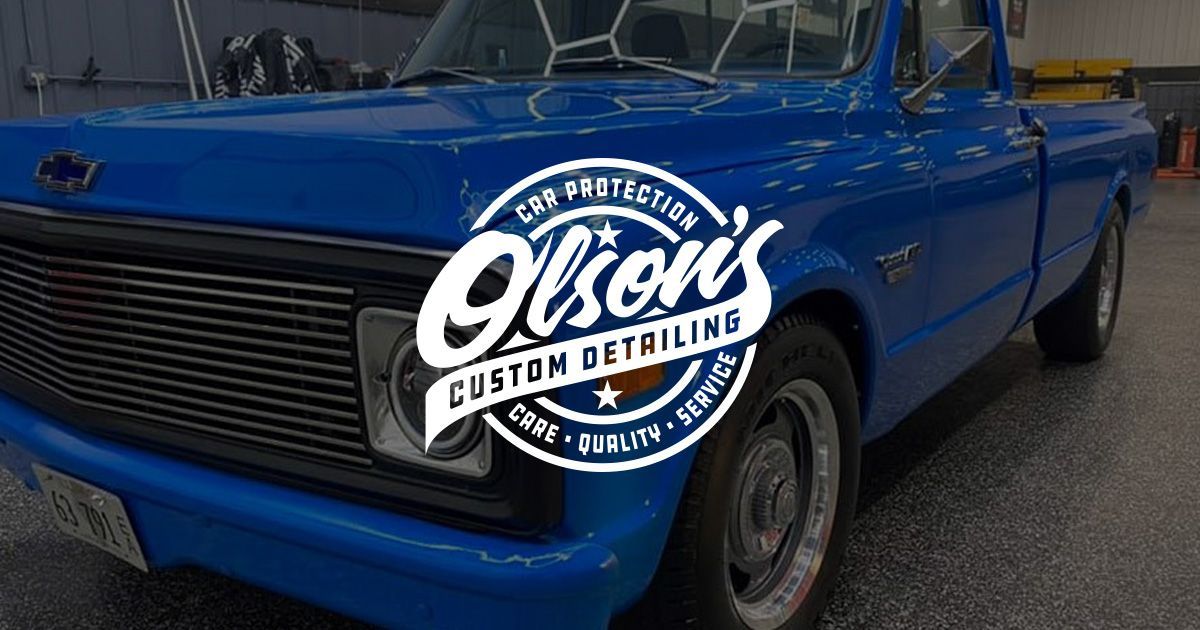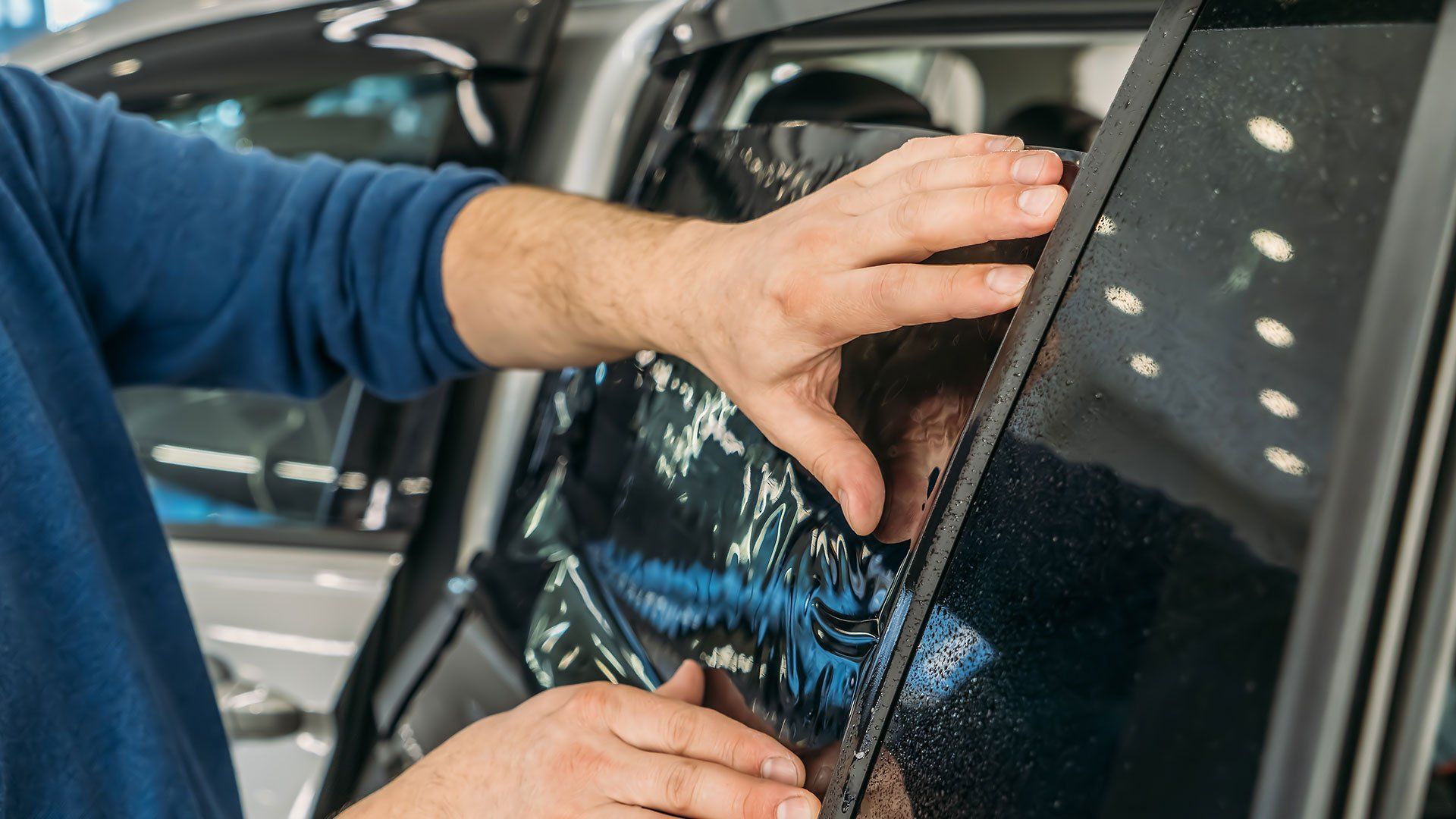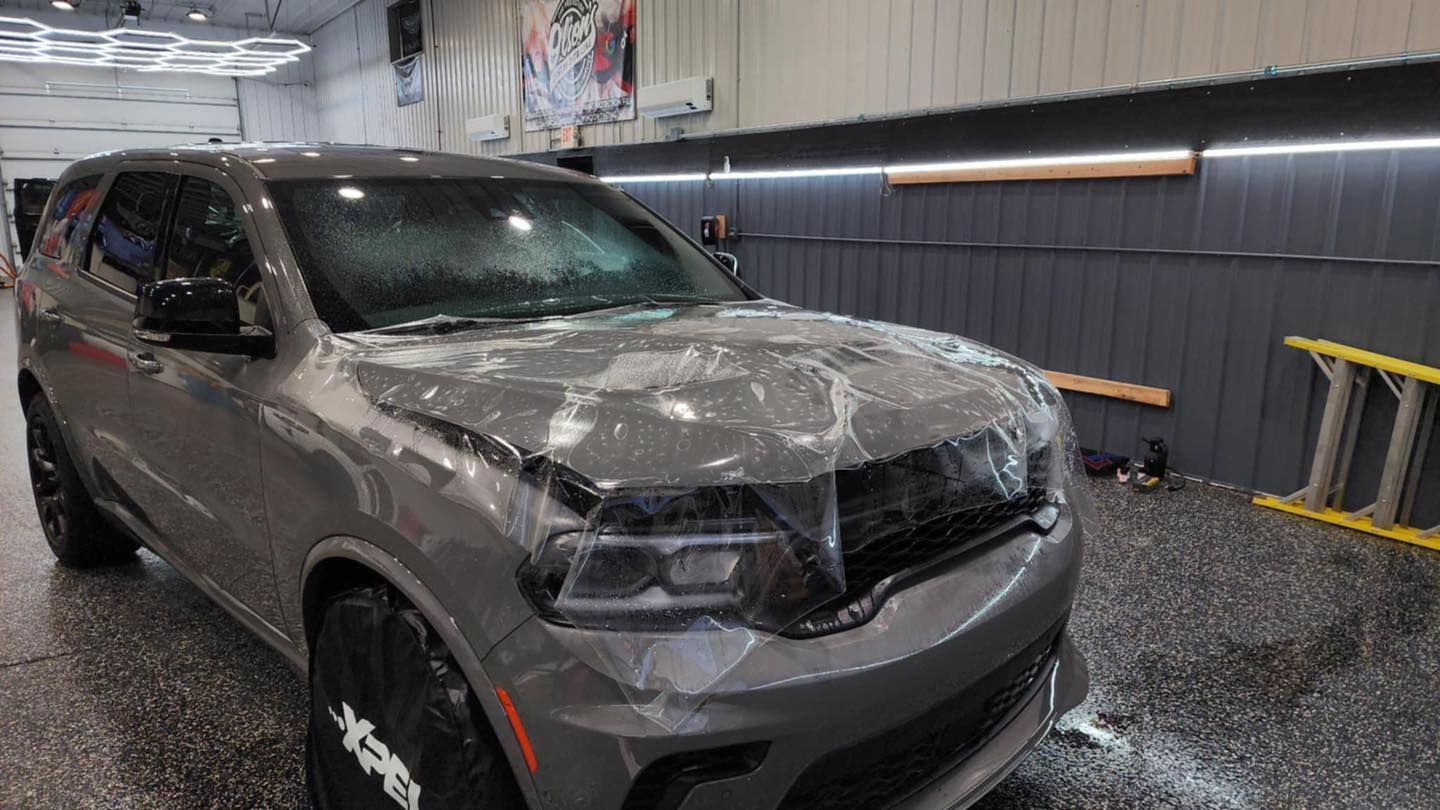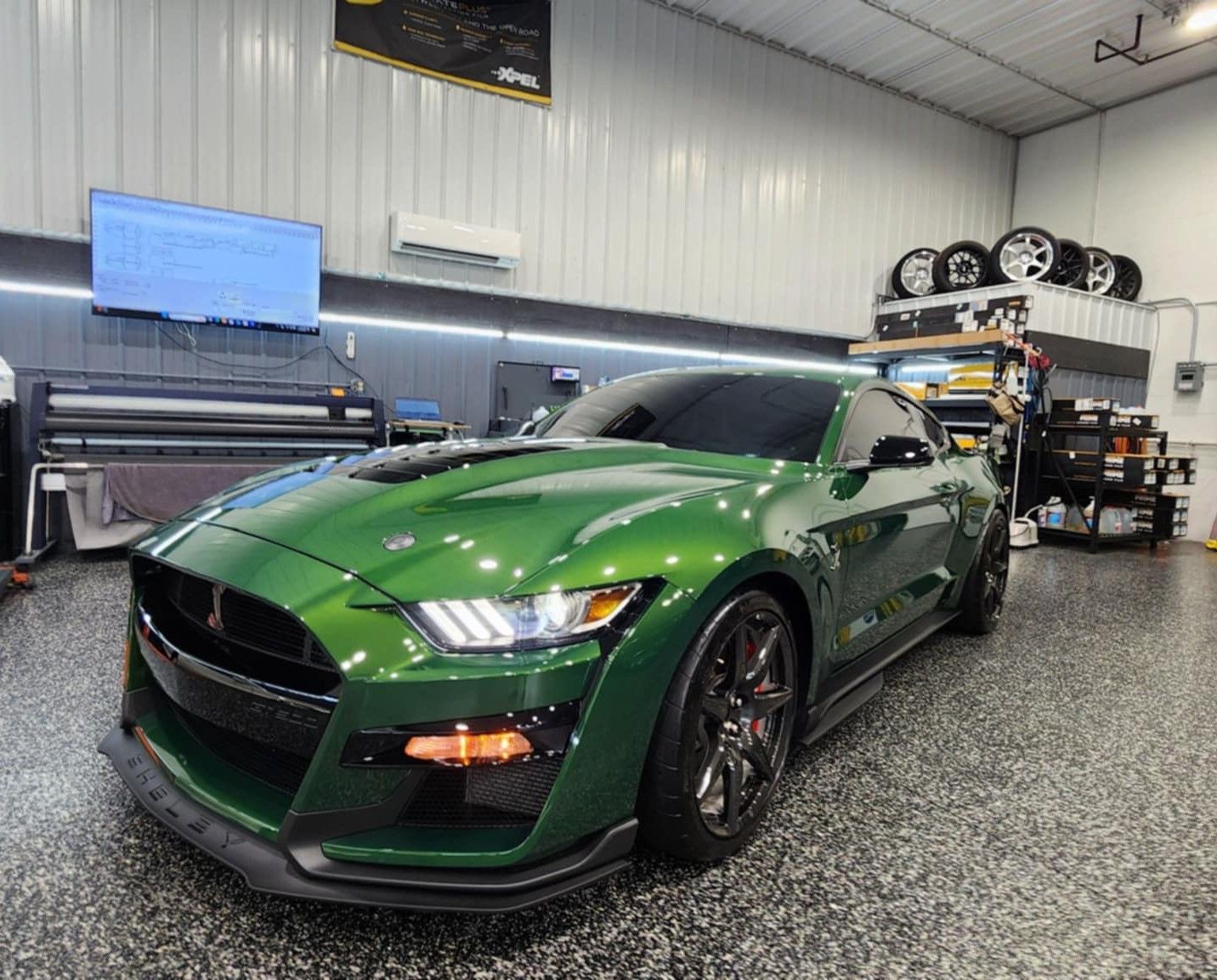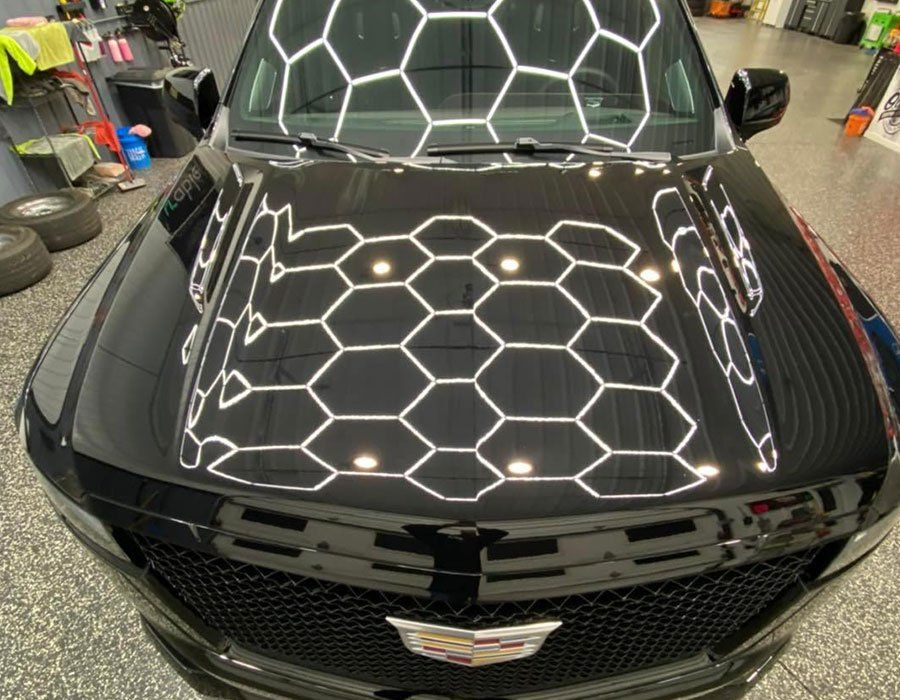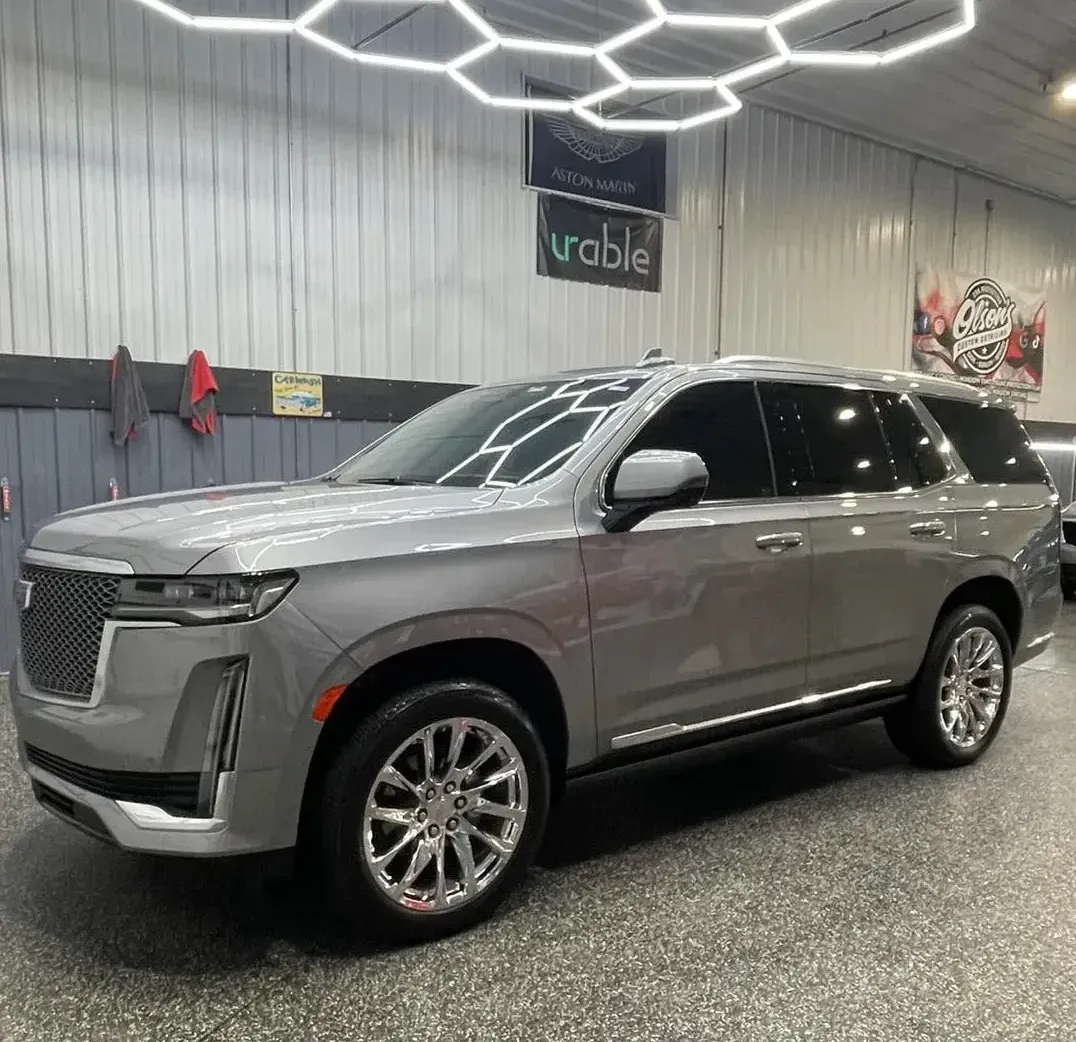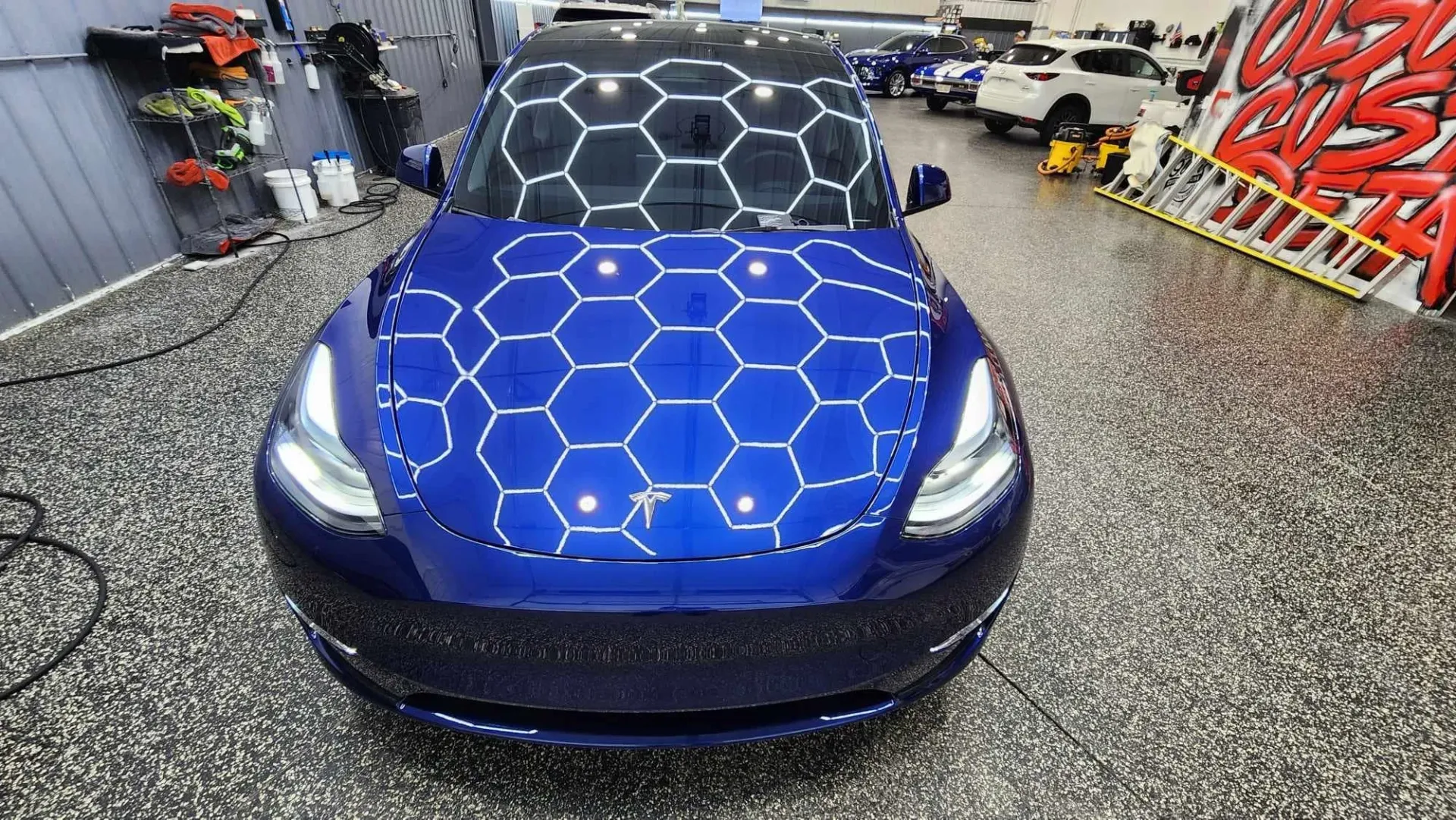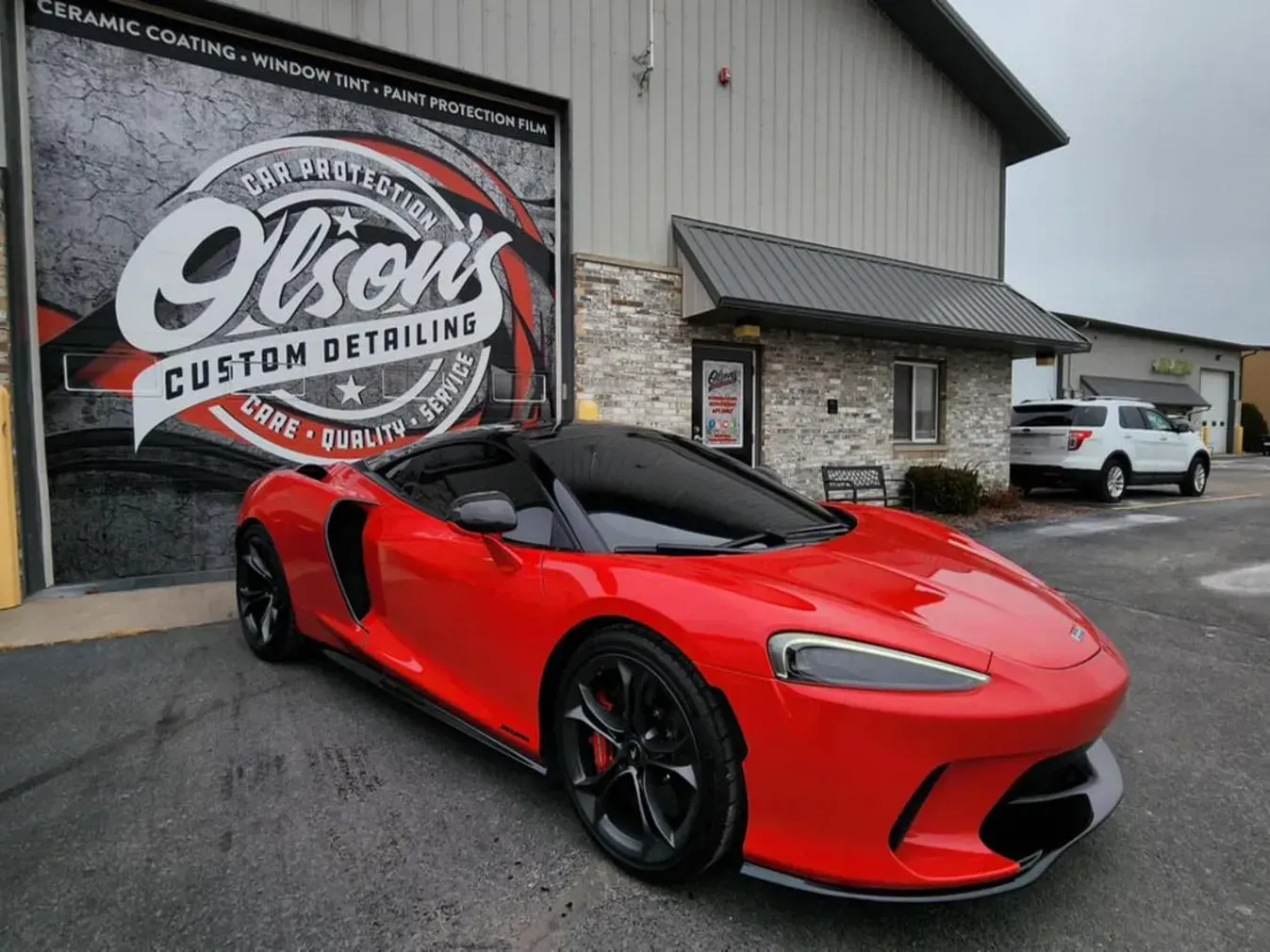When it comes to vehicle maintenance, protecting the paint is often an afterthought. Many people believe that a simple wash and wax are enough to keep their cars looking fresh, but the truth is far more complex. Without proper protection, your car's paint is constantly under attack from the sun, rain, dirt, and various pollutants. If you're worried about fading or oxidation ruining your ride’s aesthetic appeal and resale value, understanding ceramic coatings might just be your new best friend. This article dives into what causes paint oxidation and how ceramic coatings can serve as a game-changing solution for car owners wanting to enhance durability and maintain that showroom shine.
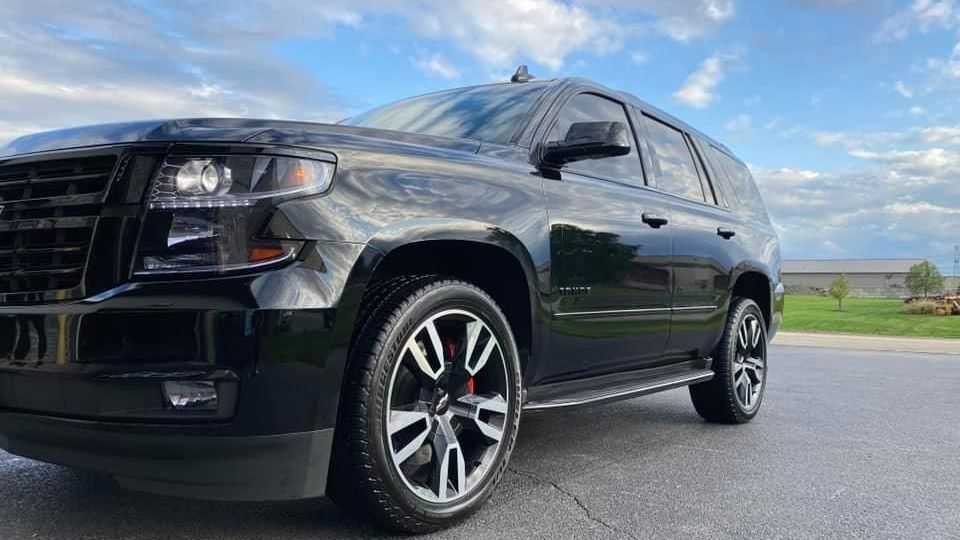
Ceramic Coating: A Durable Protective Layer
Ceramic coating creates a durable protective layer on a vehicle's surface that chemically bonds with the paint, significantly reducing the impact of environmental factors such as UV rays and moisture that cause oxidation. By repelling water and dirt, it also minimizes the accumulation of contaminants that can lead to paint deterioration, ultimately preserving the vehicle's aesthetic value and extending its lifespan.
What Causes Paint Oxidation?
Oxidation is not just a word thrown around casually; it is a chemical reaction that can have serious consequences for your vehicle’s aesthetic and value. While cars are built to withstand various elements, they are still susceptible to the relentless attack of oxidation. This occurs when the paint interacts with oxygen molecules in the air, breaking down the protective barriers that keep your car looking shiny and new.
Factors such as ultraviolet (UV) rays, moisture, and even pollutants play significant roles in accelerating oxidation. For example, UV radiation accounts for up to 90% of paint degradation. When exposed to direct sunlight, those rays can weaken the bonds between the paint particles, leading to fading and a dull finish.
Moisture is another critical player. In humid conditions, water interacts with contaminants on your car’s surface and fosters an environment ripe for oxidation. A simple drop of rain can mean big trouble if your maintenance isn’t up to par.
Environmental pollutants, like bird droppings or tree sap, may seem trivial, yet they can exacerbate the oxidation process dramatically by producing acidic reactions on the paint surface. Acid rain is particularly notorious for this effect; it breaks down oils within the paint layer, resulting in accelerated deterioration.
Impact of Temperature Fluctuations
Consider temperature changes—something we all experience regularly. The expansion and contraction caused by heat during the day and cool temperatures at night put stress on the paint. This tension contributes to cracking and peeling over time, further exposing the car’s underlayers to additional threats.
| Factor | Impact on Paint |
|---|---|
| Ultraviolet (UV) Rays | Causes paint fading and breakdown |
| Moisture and Humidity | Promotes chemical reactions leading to oxidation |
| Pollutants and Acid Rain | Accelerates degradation by breaking down oils in paint |
| Temperature Fluctuations | Causes expansion and contraction, contributing to cracking and peeling |
By understanding these factors deeply, you can appreciate just how crucial it is to protect your vehicle's paint with ceramic coatings designed to guard against these very culprits.
How Ceramic Coating Works
Ceramic coating is much more than just a shiny layer on your vehicle; it's a sophisticated solution engineered for durability and defense. When applied, this liquid polymer forms a strong chemical bond with the surface of your car's paint, creating a resilient shield that stands up to challenges from the environment. This protective layer is not only tough but also impressively hydrophobic, which means it actively repels water—an essential feature for preventing dirt and grime from settling on your vehicle.
The magic lies within the microscopic structure of ceramic coatings. Upon application, these coatings consist of nanoparticles that work hard to fill in tiny imperfections on the paint's surface. By creating an extremely smooth finish, the nanoparticles minimize opportunities for contaminants to cling to the car’s surface. This means mud, bird droppings, tree sap, and other environmental adversaries have a much tougher time sticking around.
Adding to its protective abilities, ceramic coating also provides significant UV protection. It acts like sunscreen—not just to protect you from harmful rays, but also for your car’s beautiful finish. By reflecting up to 90% of harmful UV rays, ceramic coatings safeguard against fading and oxidation that can otherwise dull your paint over time.
The Long-Term Benefits of Ceramic Coating
Ceramic coatings are gaining popularity among auto enthusiasts and everyday drivers alike due to their outstanding durability. While traditional wax products require frequent reapplication every few weeks or months, ceramic coatings are designed to last anywhere from two to five years with proper care. This not only relieves you of the hassle of constant upkeep but can also save you money on detailing services and products down the line.
Maintaining the integrity of your vehicle's paintwork directly impacts its resale value. A properly coated car retains its appearance longer and significantly diminishes depreciation due to oxidation and paint damage risks. Investing in this level of protection isn't merely about vanity; it's about preserving investment value.
UV Protection
Another significant advantage is the level of UV protection these coatings provide. They reflect up to an astonishing 90% of harmful UV rays, crucial for preserving the vibrancy of your car's paint. Over time, untreated vehicles are subjected to relentless sun exposure that causes fading and deterioration. In fact, untreated vehicles can lose up to 50% of their paint quality within just three years due to UV damage. With a ceramic coating, you’re not only protecting your investment but also adding longevity to its aesthetic appeal.
Preventing Oxidation
One of the key benefits of ceramic coating is its ability to form a chemical bond with your vehicle's factory paint, creating an invisible yet robust barrier against environmental threats. By preventing direct contact with oxygen, moisture, and other pollutants, ceramic coatings inhibit the oxidative reactions that lead to paint fading and degradation.
Studies have shown that ceramic-coated vehicles exhibit up to 75% less oxidation over a two-year period than uncoated ones. This significant reduction plays a key role in maintaining the value of your investment and ensures that your car looks great for years to come.
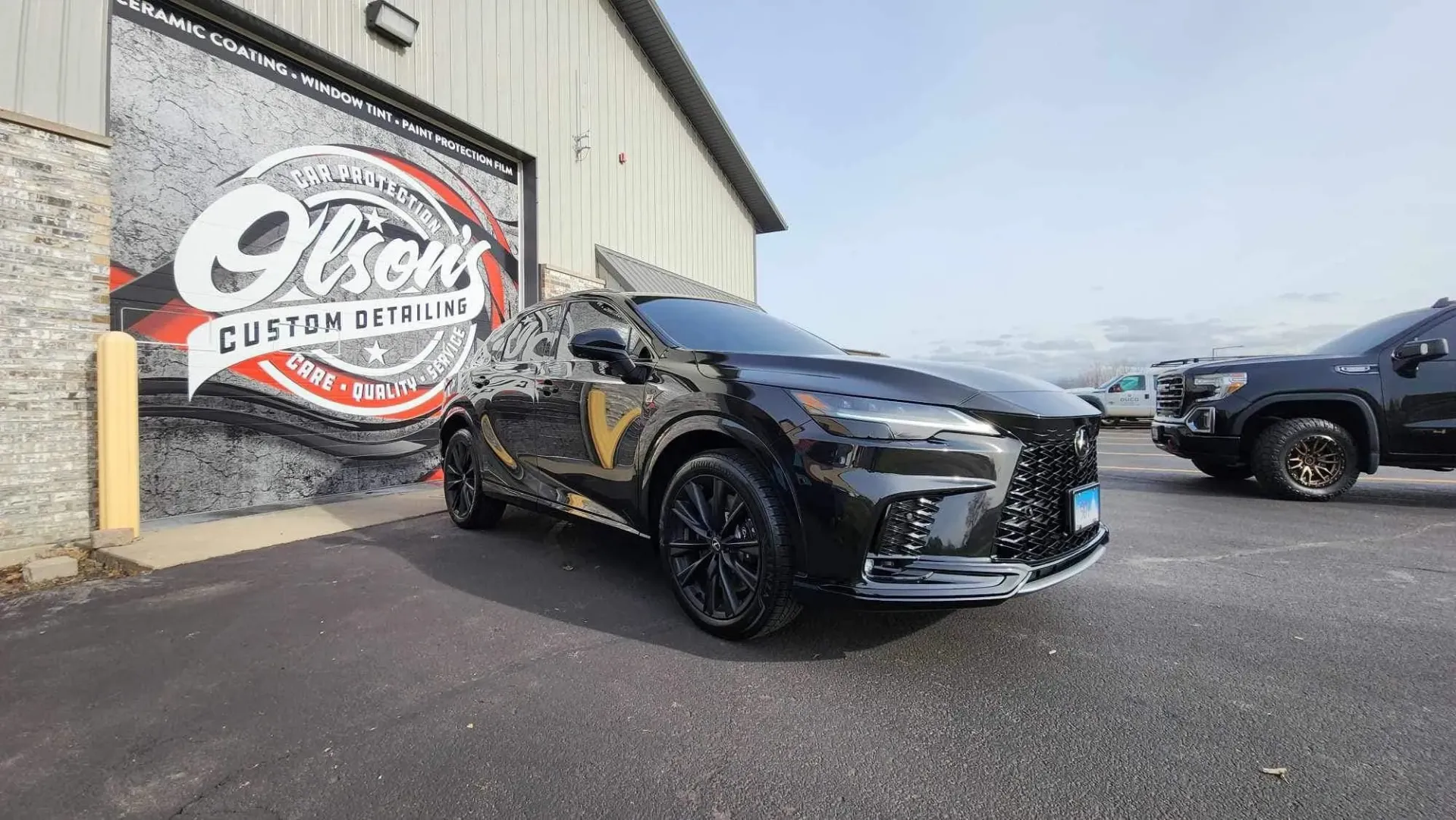
Application Process and Best Practices
The journey to enhance your vehicle's paint protection starts with meticulous surface preparation. It’s fundamental that you thoroughly wash and decontaminate the car’s entire exterior, as any residual dirt can severely affect how well the ceramic coating adheres. To accomplish this, I recommend using a reliable cleaner designed to remove residues and prepare the surface for application.
Once the surface is pristine, the exciting part is applying the ceramic coating. Use a foam applicator pad, applying the coating in a crisscross pattern for even coverage. Working in smaller sections ensures consistent results. After applying, allow the coating to cure for 24-48 hours.
Comparing Ceramic Coating with Other Protection Methods
While ceramic coatings are indeed effective, they exist alongside several alternative protection methods that serve their own distinct purposes. Understanding these differences can help you make an informed decision when it comes to protecting your car’s finish.
| Feature | Ceramic Coatings | Wax/Sealants | Paint Protection Films (PPF) |
|---|---|---|---|
| Durability | Lasts 2-5 years | Few months | Varies |
| Ease of Maintenance | Hydrophobic, easy to clean | Requires effort | Moderate |
| Installation Cost | Higher initial cost, but cost-effective over time | Lower initial cost | Generally high |
Final Thoughts
Ceramic coatings offer a revolutionary approach to vehicle protection by safeguarding against the damaging effects of UV rays, moisture, pollutants, and temperature fluctuations. Not only do they help maintain your vehicle's pristine appearance, but they also enhance its durability, keeping your car looking new for years. The long-term benefits, including reduced maintenance costs and improved resale value, make ceramic coatings a valuable investment for any car owner.
By applying a ceramic coating, you're not just preserving your vehicle’s shine, but you’re also ensuring it stays protected from the elements that cause oxidation, fading, and wear. The protection is strong, lasting 2 to 5 years, and requires minimal upkeep, making it an ideal solution for busy professionals, car enthusiasts, and families alike.
Protect your investment with ceramic coating today!
Contact Olson’s Custom Detailing now to schedule your professional ceramic coating application and enjoy long-lasting protection, enhanced durability, and a beautiful finish. Book your appointment today and experience the difference!
